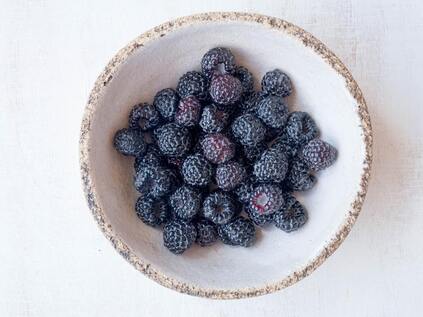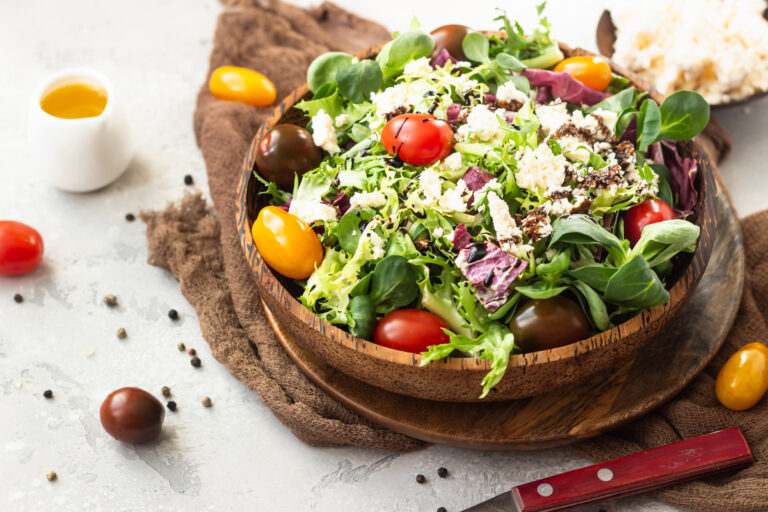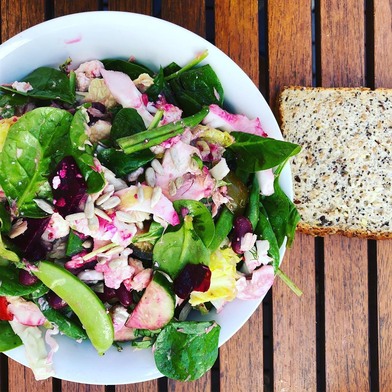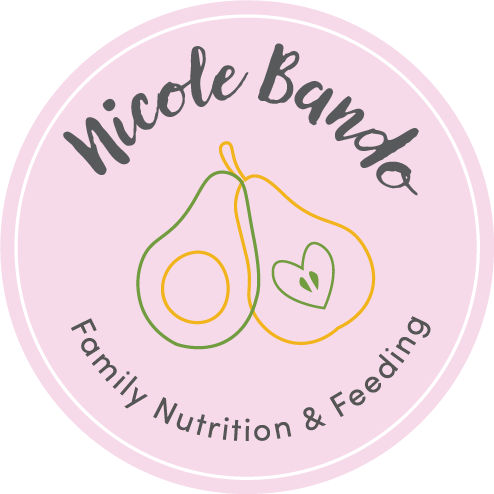Nicole Bando | Dietitian & Lactation Consultant
Search by typing & pressing enter
Search by typing & pressing enter
Search by typing & pressing enter
Nutrition and Breastfeeding Articles

‘It is hard to know what to believe with so much conflicting nutrition
information. I provide you with the latest evidence-based facts.’
Categories


As part of planning for a glowing pregnancy, have you considered your diet? It’s true that supplementation with key nutrients is important, but a nutritionally complete diet during pregnancy and breastfeeding helps to lay the vital foundations for a healthy mother, foetus and eventually, a thriving family. This is important to reduce the risks of chronic disease later in life, in both the mother and child.
New research is emerging that nutrition plays an important role in the pre- conception period and can also affect fertility. Despite having more information at our fingertips than ever before, as a population our diet has never been worse. We are constantly bombarded with myriad information about nutrition and it is little wonder that we are confused about what to eat.
The latest data from the Australian Health Survey shows that less than 7% of Australians are eating enough vegetables and that a significant portion of our daily calories (35%) comes from discretionary items.
These are foods that are not essential to a healthy diet and are high in refined sugar, fat and alcohol. Yet, we have heard the argument that the Australian Dietary Guidelines (ADG’s) don’t work, and this is simply because we are not following them. The ADG’s aren’t designed to be a ‘one-size-fits-all’ approach. They are evidence-based and provide us with a brilliant framework for living a healthy lifestyle without the merry-go-round of fad diets, or the latest buzz in superfoods. Perhaps they just need to sound a little more glamorous.
All foods are fabulous in their own right and there are many ways that the guidelines can be tailored by a dietitian to fit in with a range of lifestyles, cultures, taste preferences and life stages to suit the individual; sounds a little bespoke, doesn’t it?
Boosting vegetable intake by 1-2 serves (half to one cup) per day has many health benefits and can be done relatively easily. For example:
- Add canned legumes to salads, soups and slow-cooked meals during winter. Legumes are super food powerhouses, replete with fibre, iron and protein. They are low in fat, have a low glycaemic index and on top of these great benefits, are cheap.
- Try one new recipe a week and add in an extra vegetable that isn’t on the list of ingredients.
- Snack on cut-up vegetables and dips such as hummus or tzatziki (food safety is an important consideration in pregnancy, avoid dips containing raw egg).
- Try avocado with tomato on wholegrain toast for breakfast, for a brilliant source of mono- unsaturated fatty acids, lycopene, vitamin C, fibre and beta-carotene. Boost iron and folate with a scattering of basil leaves.
- Add a handful of spinach or rocket to any meal for a boost of folate, iron, vitamin C and fibre
- Avoid pre-cut vegetables and ensure all fresh produce is washed to avoid listeriosis
To plan for a healthy pregnancy and make sense of the nutrition information, come and visit me at NEST Elsternwick for personalised advice on how to make the best start for you and your family.
Caffeine can also affect the let-down (the milk ejection reflex) and worsen nipple vasospasm (occurs when blood vessels tighten and spasm, causing nipple pain).

As part of planning for a glowing pregnancy, have you considered your diet? It’s true that supplementation with key nutrients is important, but a nutritionally complete diet during pregnancy and breastfeeding helps to lay the vital foundations for a healthy mother, foetus and eventually, a thriving family. This is important to reduce the risks of chronic disease later in life, in both the mother and child.
New research is emerging that nutrition plays an important role in the pre- conception period and can also affect fertility. Despite having more information at our fingertips than ever before, as a population our diet has never been worse. We are constantly bombarded with myriad information about nutrition and it is little wonder that we are confused about what to eat.
The latest data from the Australian Health Survey shows that less than 7% of Australians are eating enough vegetables and that a significant portion of our daily calories (35%) comes from discretionary items.
These are foods that are not essential to a healthy diet and are high in refined sugar, fat and alcohol. Yet, we have heard the argument that the Australian Dietary Guidelines (ADG’s) don’t work, and this is simply because we are not following them. The ADG’s aren’t designed to be a ‘one-size-fits-all’ approach. They are evidence-based and provide us with a brilliant framework for living a healthy lifestyle without the merry-go-round of fad diets, or the latest buzz in superfoods. Perhaps they just need to sound a little more glamorous.
All foods are fabulous in their own right and there are many ways that the guidelines can be tailored by a dietitian to fit in with a range of lifestyles, cultures, taste preferences and life stages to suit the individual; sounds a little bespoke, doesn’t it?
Boosting vegetable intake by 1-2 serves (half to one cup) per day has many health benefits and can be done relatively easily. For example:
- Add canned legumes to salads, soups and slow-cooked meals during winter. Legumes are super food powerhouses, replete with fibre, iron and protein. They are low in fat, have a low glycaemic index and on top of these great benefits, are cheap.
- Try one new recipe a week and add in an extra vegetable that isn’t on the list of ingredients.
- Snack on cut-up vegetables and dips such as hummus or tzatziki (food safety is an important consideration in pregnancy, avoid dips containing raw egg).
- Try avocado with tomato on wholegrain toast for breakfast, for a brilliant source of mono- unsaturated fatty acids, lycopene, vitamin C, fibre and beta-carotene. Boost iron and folate with a scattering of basil leaves.
- Add a handful of spinach or rocket to any meal for a boost of folate, iron, vitamin C and fibre
- Avoid pre-cut vegetables and ensure all fresh produce is washed to avoid listeriosis
To plan for a healthy pregnancy and make sense of the nutrition information, come and visit me at NEST Elsternwick for personalised advice on how to make the best start for you and your family.
Caffeine can also affect the let-down (the milk ejection reflex) and worsen nipple vasospasm (occurs when blood vessels tighten and spasm, causing nipple pain).
